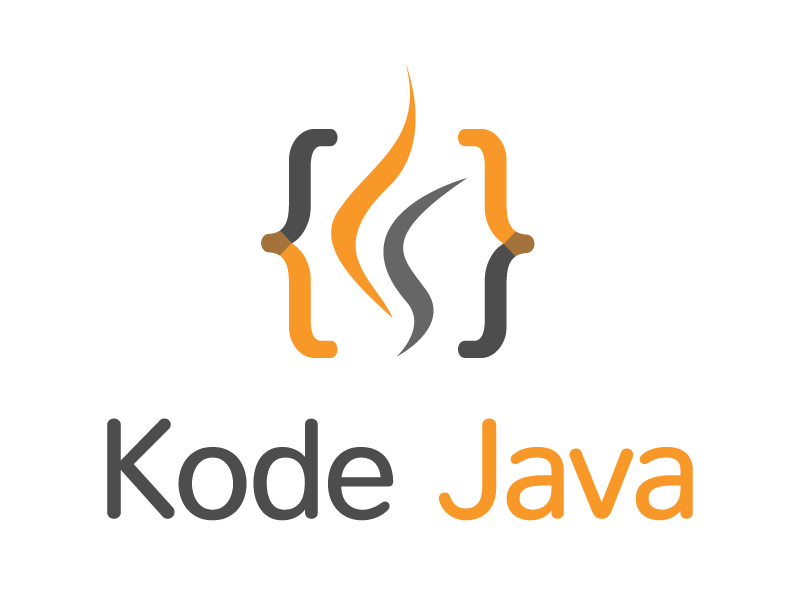The following code snippet will show you how to send an HTTP post request using the Apache HttpComponents. We will send a post request to https://httpbin.org/post, with some parameters to the request using the NameValuePair object.
To pass these parameters to the HTTP post request we create an instance of UrlEncodedFormEntity and pass a list of NameValuePair as the arguments. And before executing the request we set this entity object to the HttpPost.setEntity() method.
Let’s see the code below:
package org.kodejava.apache.http;
import org.apache.http.HttpResponse;
import org.apache.http.NameValuePair;
import org.apache.http.client.entity.UrlEncodedFormEntity;
import org.apache.http.client.methods.HttpPost;
import org.apache.http.impl.client.CloseableHttpClient;
import org.apache.http.impl.client.HttpClientBuilder;
import org.apache.http.message.BasicNameValuePair;
import org.apache.http.util.EntityUtils;
import java.io.IOException;
import java.util.ArrayList;
import java.util.List;
public class HttpPostExample {
public static void main(String[] args) {
try (CloseableHttpClient client = HttpClientBuilder.create().build()) {
HttpPost post = new HttpPost("https://httpbin.org/post");
// Create some NameValuePair for HttpPost parameters
List<NameValuePair> arguments = new ArrayList<>(3);
arguments.add(new BasicNameValuePair("username", "admin"));
arguments.add(new BasicNameValuePair("firstName", "System"));
arguments.add(new BasicNameValuePair("lastName", "Administrator"));
post.setEntity(new UrlEncodedFormEntity(arguments));
HttpResponse response = client.execute(post);
// Print out the response message
System.out.println(EntityUtils.toString(response.getEntity()));
} catch (IOException e) {
e.printStackTrace();
}
}
}
Maven Dependencies
<dependency>
<groupId>org.apache.httpcomponents</groupId>
<artifactId>httpclient</artifactId>
<version>4.5.14</version>
</dependency>

